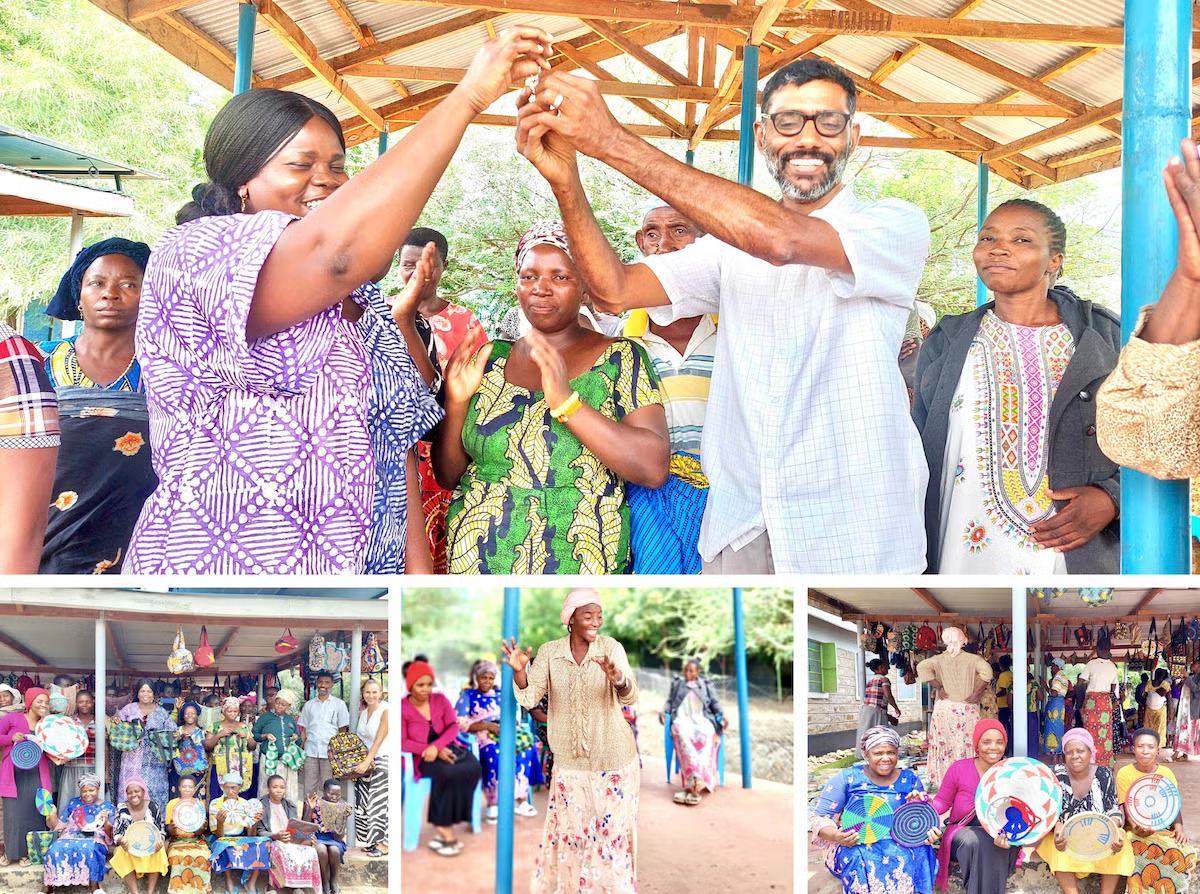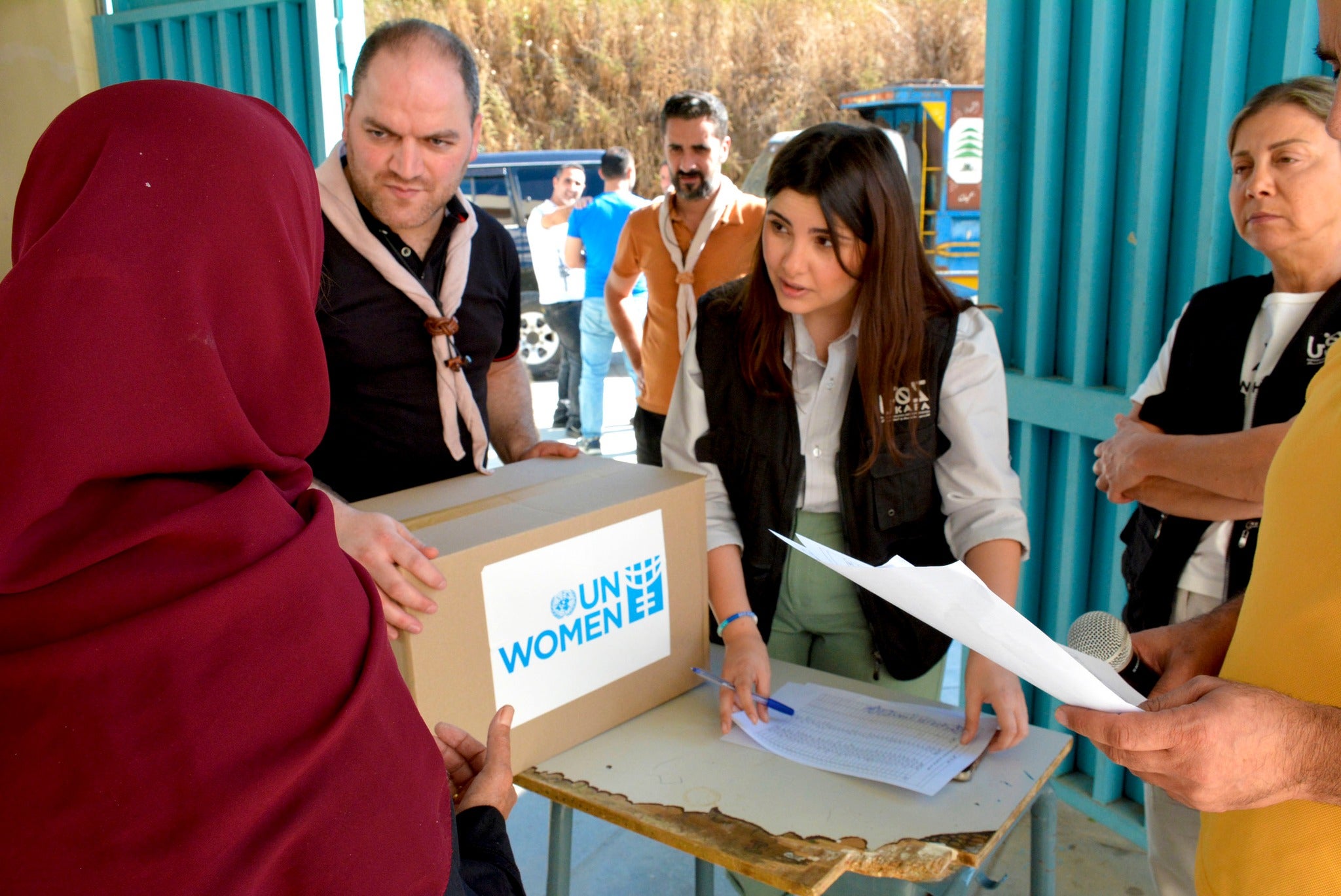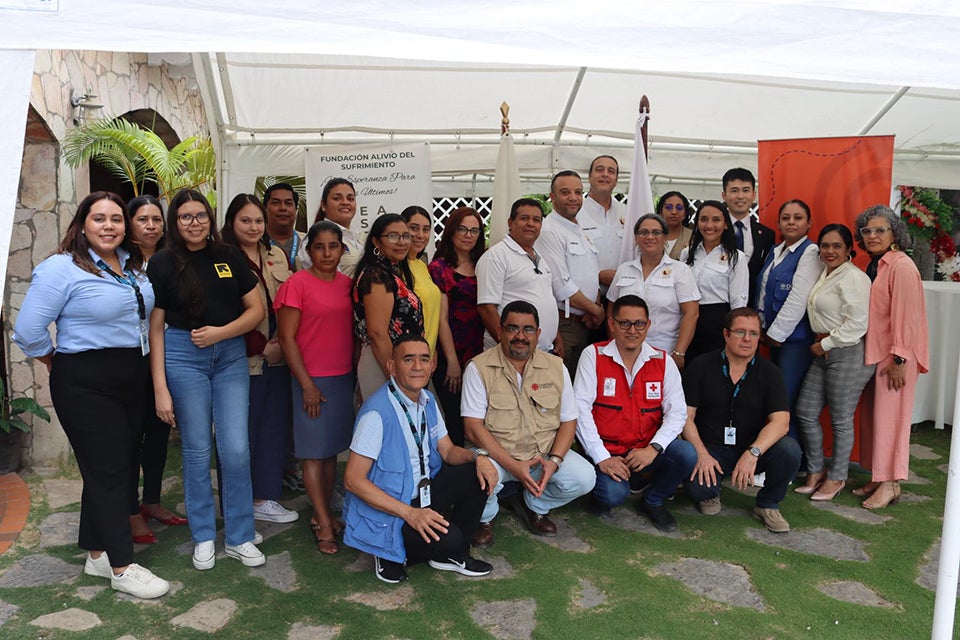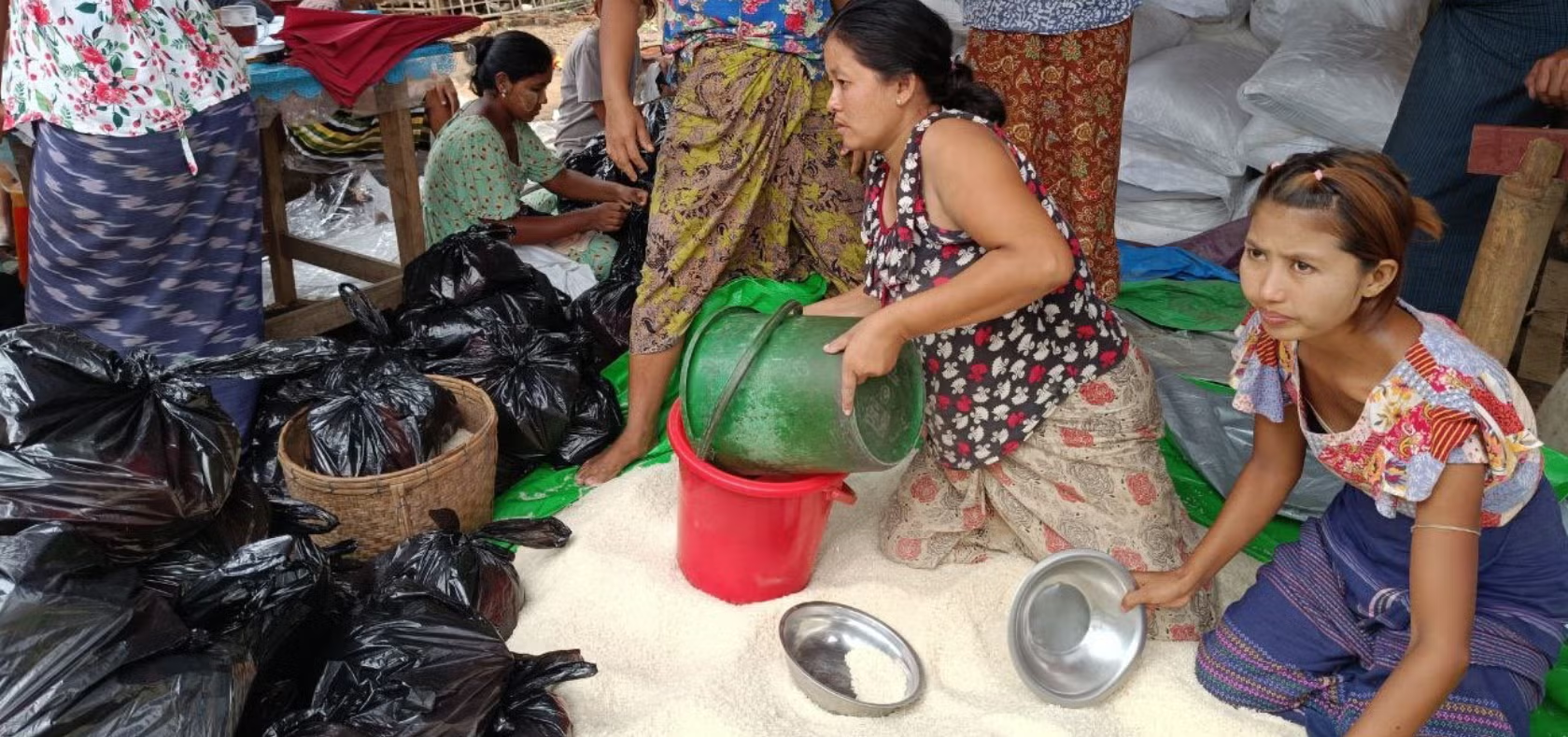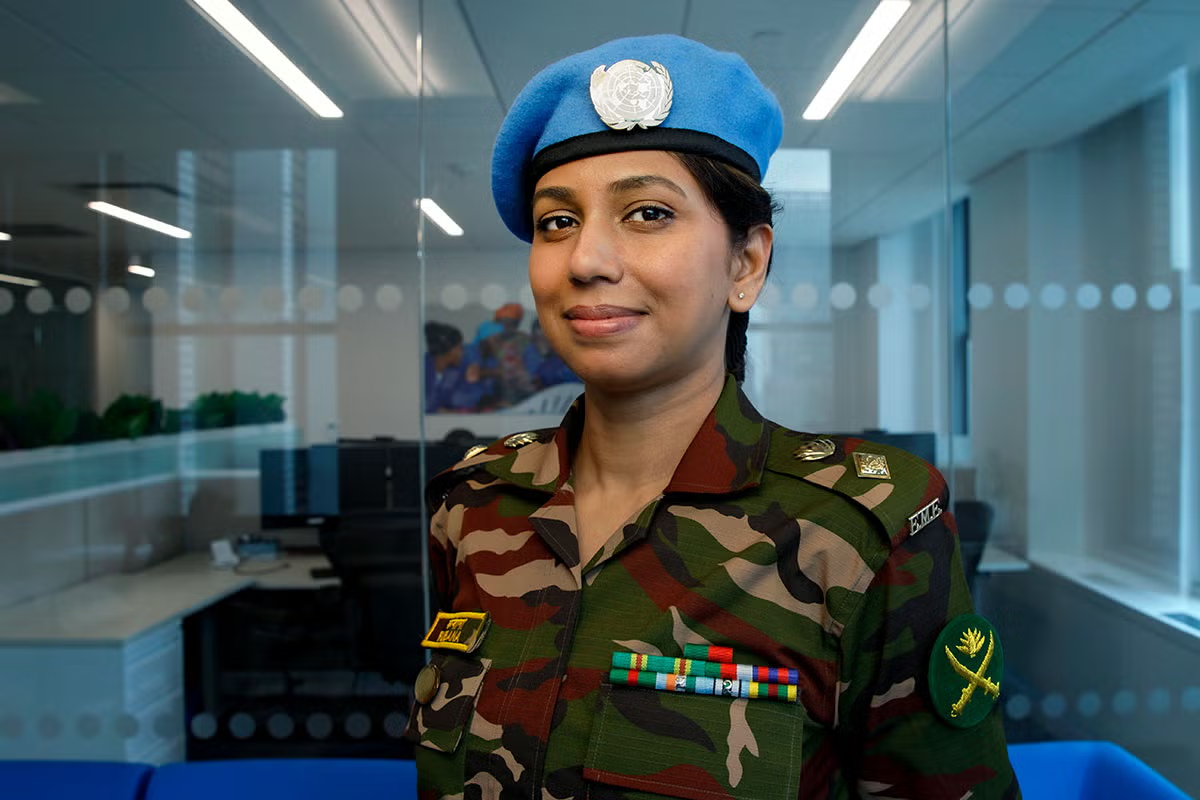Our Global Results
Overview of impact
Legend
Planned Budget (Total)
Other resources (non-core)
Legend
Regional office Multi-country office Country office PresenceFinancial flows (expenses) in 2024
Find out where UN Women's resources come from, where they go and how they are changing the lives of women and girls.
Impact indicators in 2024
SP_D_4.2
The data comes from the five UN-led processes that were ongoing in 2022 (Georgia, Syria, Yemen, Libya, and Sudan) and is not a global average.
Percentage of women mediators, negotiators, and signatories in major peace processes (Desk Review)
Common indicators are those that appear verbatim the same in at least two entities' results frameworks and are drawn, where possible, directly from other globally agreed frameworks.
Common
No aggregate value
SP_D_4.2
SP_D_4.2
Country
-
Baseline
--
SP_D_4.4
Source: https://sendaimonitor.undrr.org/analytics/global-target/20/2?indicator=1
SDG 1.5.1, 11.5.1, 13.1.1: Number of deaths, missing persons and directly affected persons attributed to disasters per 100,000 population (Desk Review)
SDG

Goal 1

Goal 11

Goal 13



2024
Result
(annual)
1.59
SP_D_4.4
Country
2021
Baseline
57.3957.39
2022
Milestone
--
Result
17.3217.32
2023
Milestone
--
Result
6.746.74
Data value of 6.74 represents a provisional global average for the Number of deaths and missing persons attributed to disasters, per 100,000 population in 2022. This data, sourced from the Sendai Monitor as of 11 January 2024, is the closest approximation as global average data was not available from the SDG Global Database. It is important to note that these figures are partial, provisional, and subject to retroactive changes by countries. The data may be revised during the interim review process once final numbers become available.
Supporting document: https://sendaimonitor.undrr.org/analytics/global-target/18/2?indicator=1
2024
Milestone
--
Result
1.591.59
Provisional global average drawing on 2023 data. Sourced from the Sendai Monitor as of 26 February 2025, is the closest approximation as global average data was not available from the SDG Global Database. Figures are partial, provisional, and subject to retroactive changes by countries. The data may be revised during the interim review process once final numbers become available.
2025
Milestone
N/AN/A
Result
--


